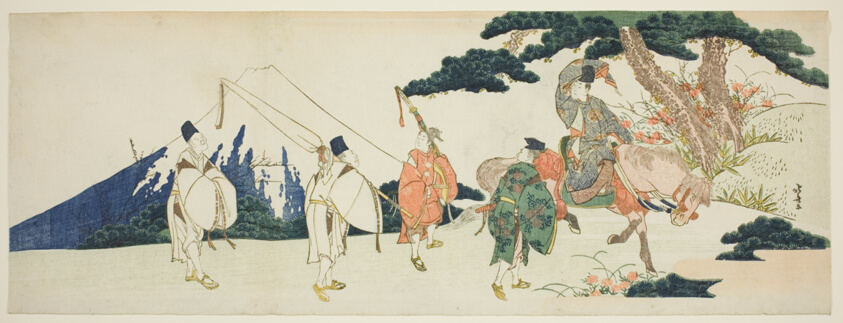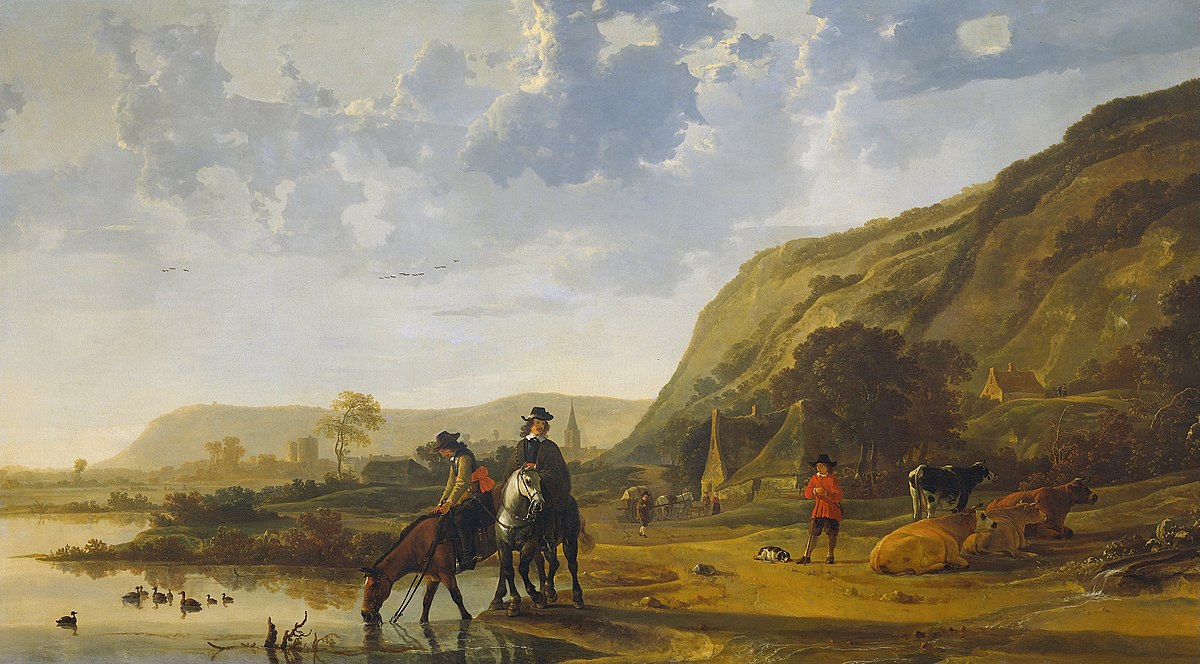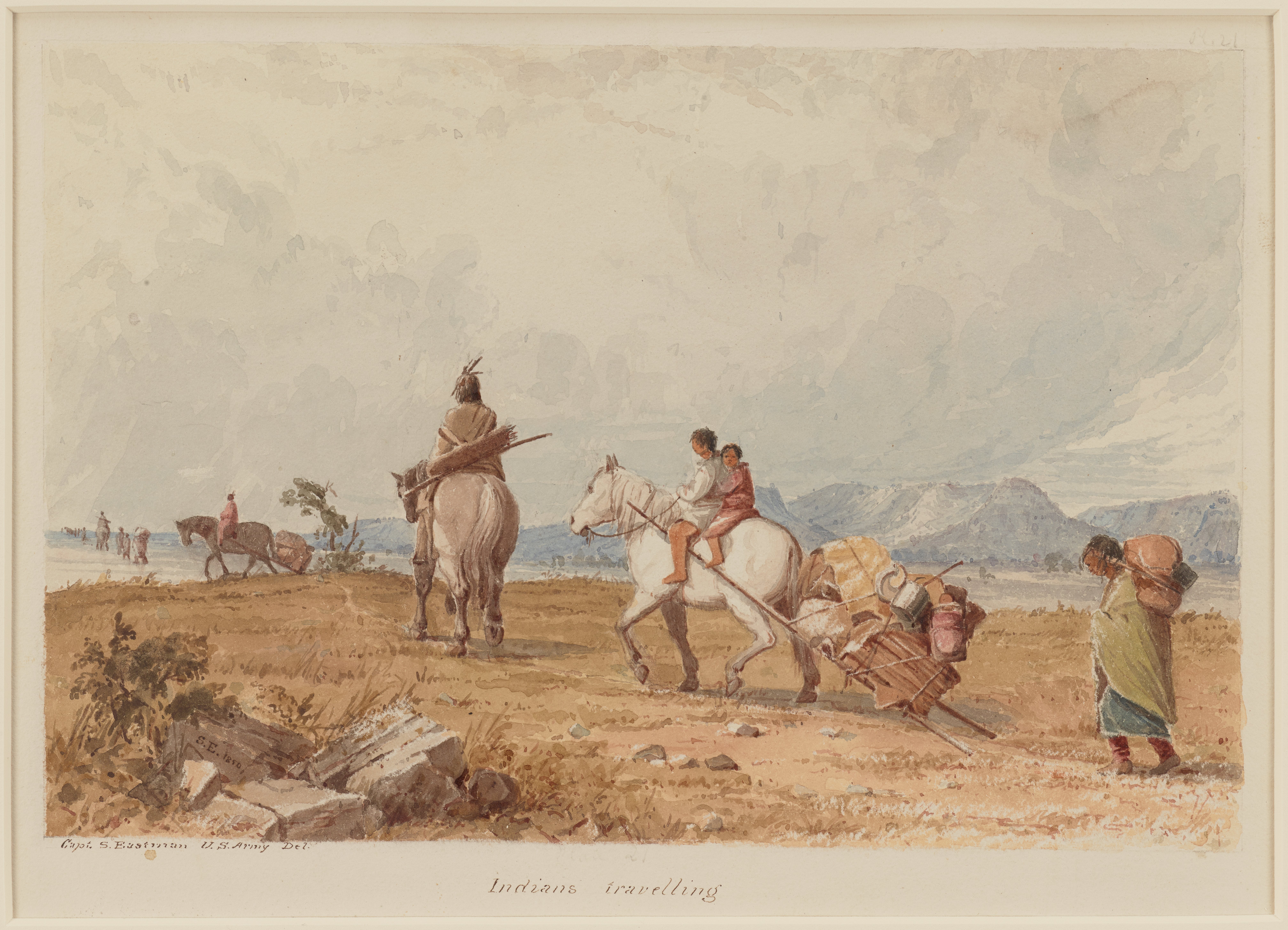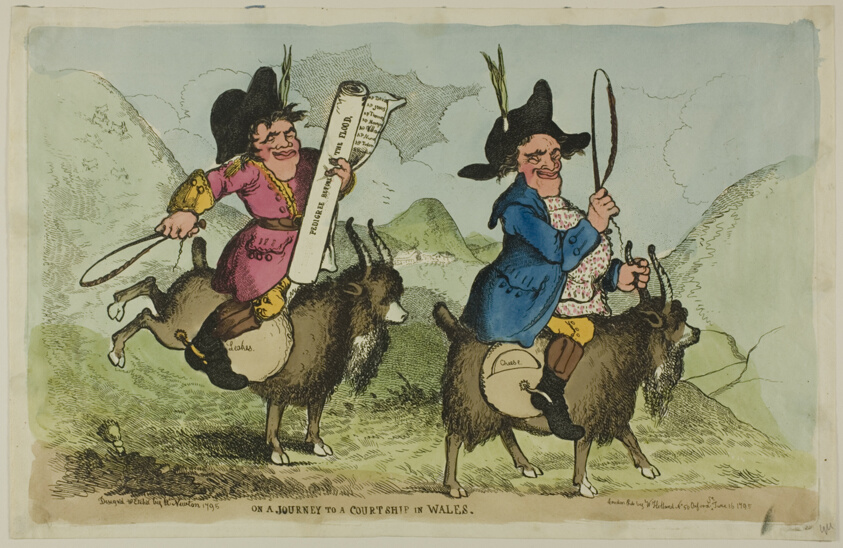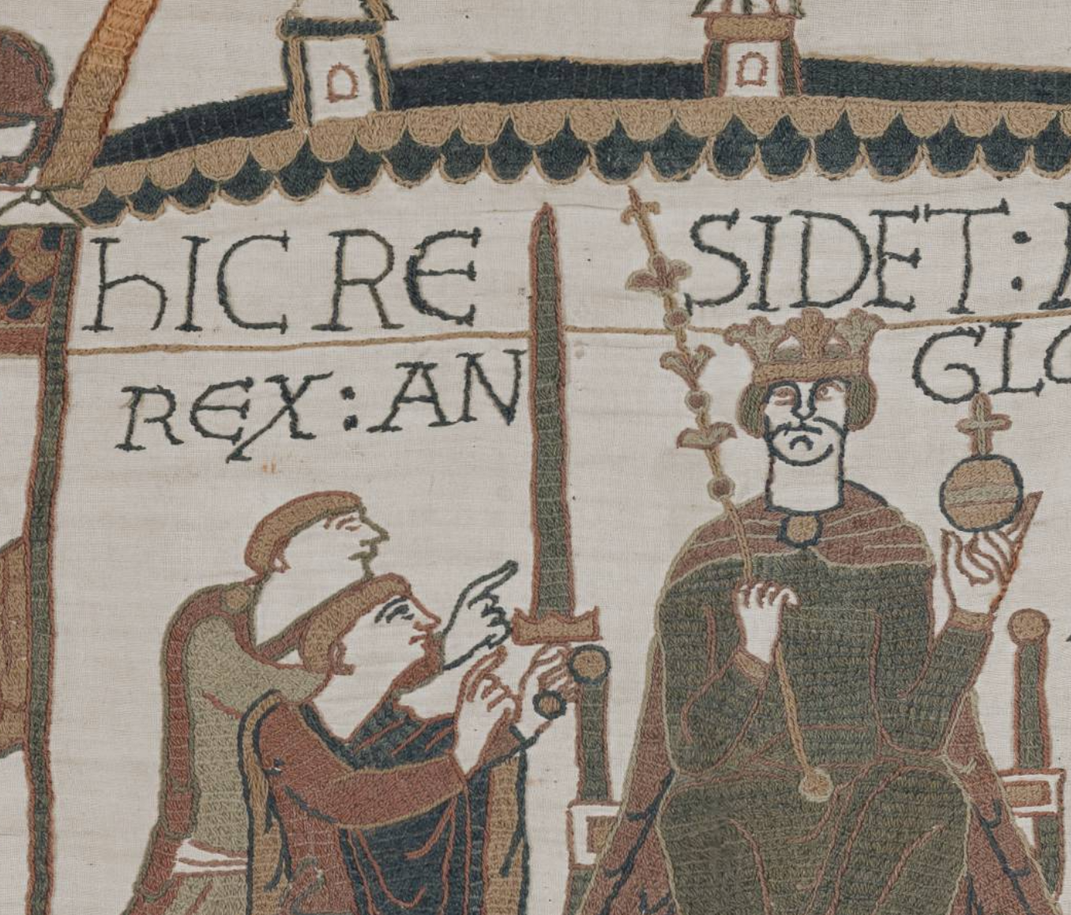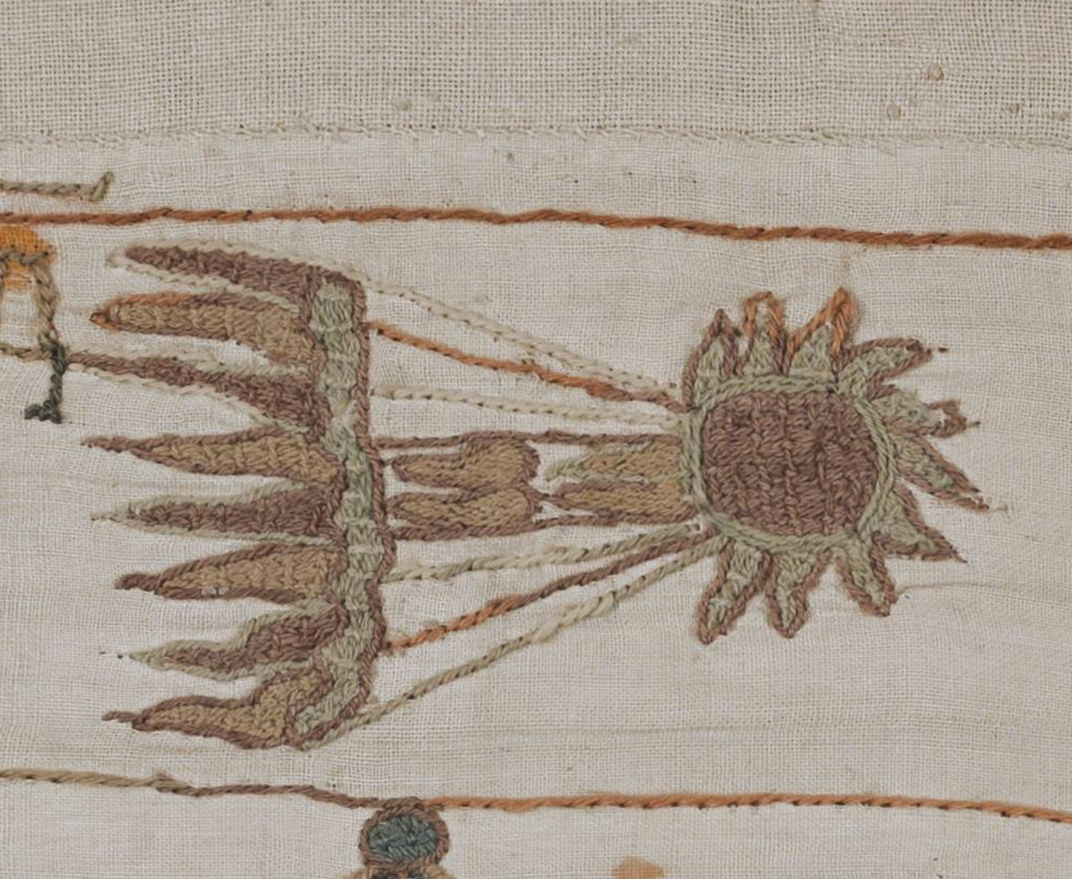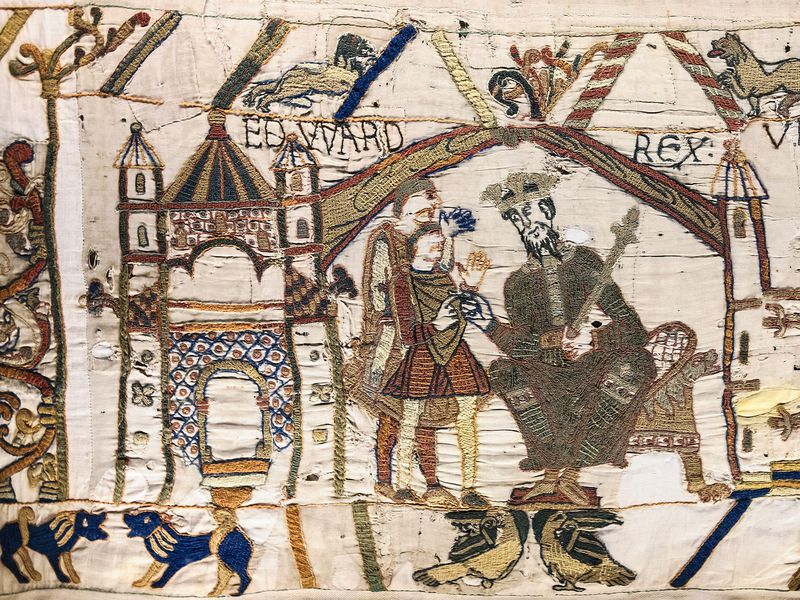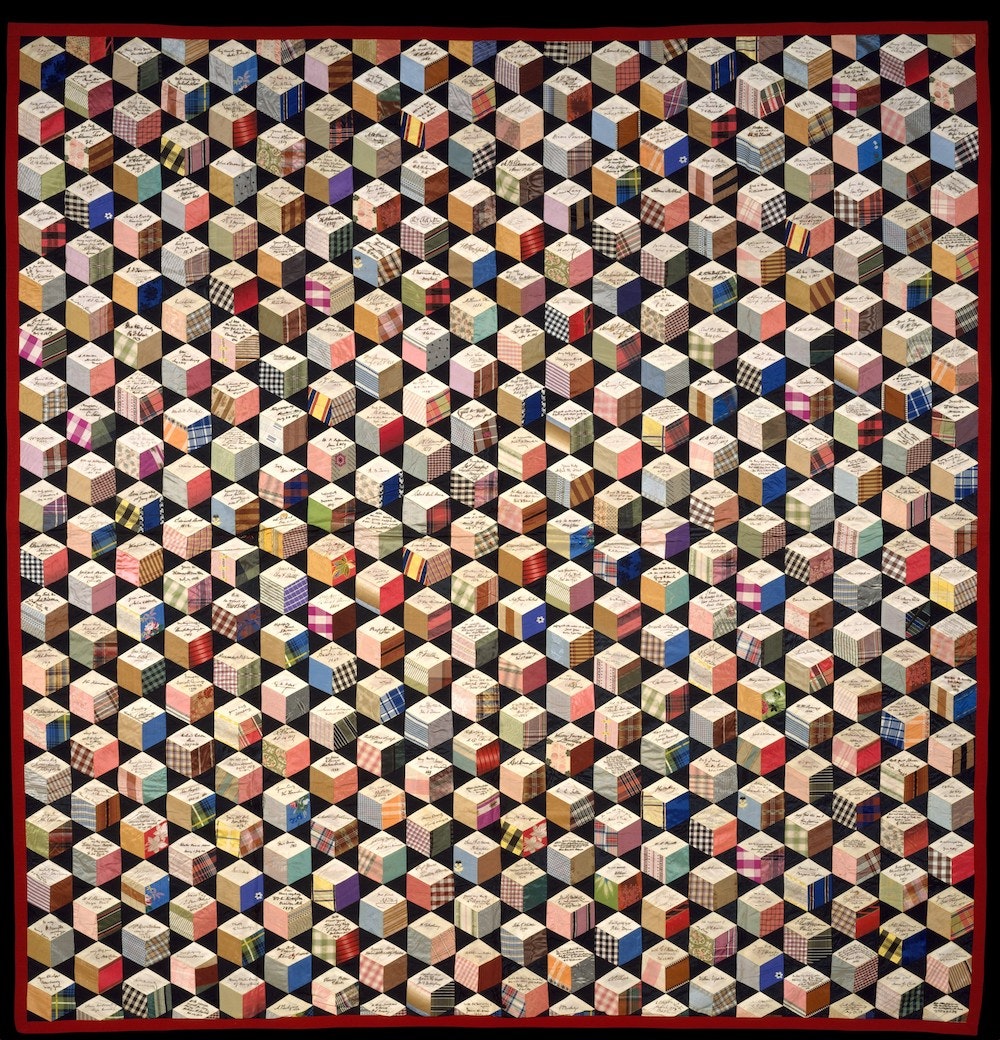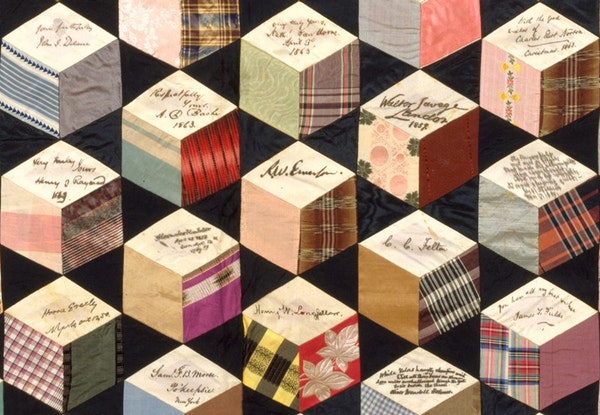Even if you weren’t a huge fan of the Police Academy movies, there was one character that made them watchable: Larvell Jones, played by Michael Winslow, “The Man of a 10,000 Sound Effects.” His character is a sort of oddball presence throughout the series, whose ability to sound like a siren, a machine gun, a guard dog, or any number of things, invariably helps his team save the day. He’s been the only consistent character through all eight entries of the movie series, a brief television spin-off, and an animated cartoon series. And I dare say he’s the franchise’s reason to exist, as a Police Academy without Larvell Jones would be…what? A bunch of crappy cops?
And while you might think of him as a master of machine noises, Winslow is actually a very musical performer, as his above impression of Jimi Hendrix, both vocals and guitar, proves. Winslow was an army brat, moved all over the place, and his imitation skills developed at an early age, a coping mechanism for a lonely childhood. He kept at it, and made it onto The Gong Show in 1978. The prize money allowed him to stay in Los Angeles and start making the club rounds. He got scouted for Police Academy while opening for the Count Basie Orchestra, performing “some fusion jazz sounds,” as he described it in an interview. Fortunately, the filmmakers let him improvise through his scenes and his career took off from there.
As the clips here show, Winslow can jam hard. His Hendrix impression is a little bit stoned, and he gets the voice right. With a backing band on tape, he goes on to provide the vocals and the distorted, flanged guitar. You can see that little has changed from the version from the ‘80s at the Just for Laughs Comedy Festival in Montreal, Canada, and a 2011 performance from the Dubomedy International Performing Arts Festival in Dubai. The latter has better sound quality and separation so you can hear Winslow’s work.
His Led Zeppelin impression combines both Robert Plant and Jimmy Page, and I won’t spoil the joke, but Winslow explains how Plant came up with “Immigrant Song.”
And there’s no sound effects involved in his Tina Turner impression, but a good wig, and an impressive set of pipes that only get wobbly a few times. But then again, so do his legs.
Side note: Before Winslow there was a comedian called Wes Harrison, who had a similar talent and a similar rise to stardom: from talent show winner to a regular guest on late night shows in the 1960s to a steady stream of nightclub appearances.
In 1988, the two men, separated by 35 years, performed together on a Dick Clark variety show. It is perhaps the only time the two shared a stage.
Related Content:
How the Sound Effects on 1930s Radio Shows Were Made: An Inside Look
Ted Mills is a freelance writer on the arts who currently hosts the Notes from the Shed podcast and is the producer of KCRW’s Curious Coast. You can also follow him on Twitter at @tedmills, and/or watch his films here.

